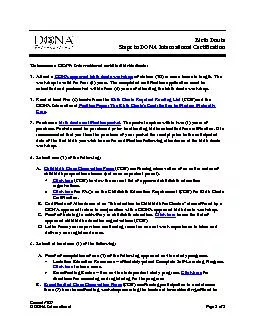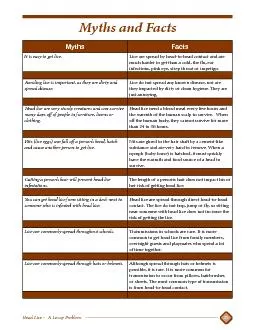PPT-The ‘Lousy’ Problem Dr. Dona Banerjee
Author : jade | Published Date : 2024-02-09
DCH MD How serious the situation is CLASSIFICATION OF RICKETTSIAL DISEASE DISEASES RICKETTSIAL AGENTS INSECT VECTORS MAMMALIAN VECTORS Typhus group Epidemic typhus
Presentation Embed Code
Download Presentation
Download Presentation The PPT/PDF document "The ‘Lousy’ Problem Dr. Dona Banerje..." is the property of its rightful owner. Permission is granted to download and print the materials on this website for personal, non-commercial use only, and to display it on your personal computer provided you do not modify the materials and that you retain all copyright notices contained in the materials. By downloading content from our website, you accept the terms of this agreement.
The ‘Lousy’ Problem Dr. Dona Banerjee: Transcript
Download Rules Of Document
"The ‘Lousy’ Problem Dr. Dona Banerjee"The content belongs to its owner. You may download and print it for personal use, without modification, and keep all copyright notices. By downloading, you agree to these terms.
Related Documents














